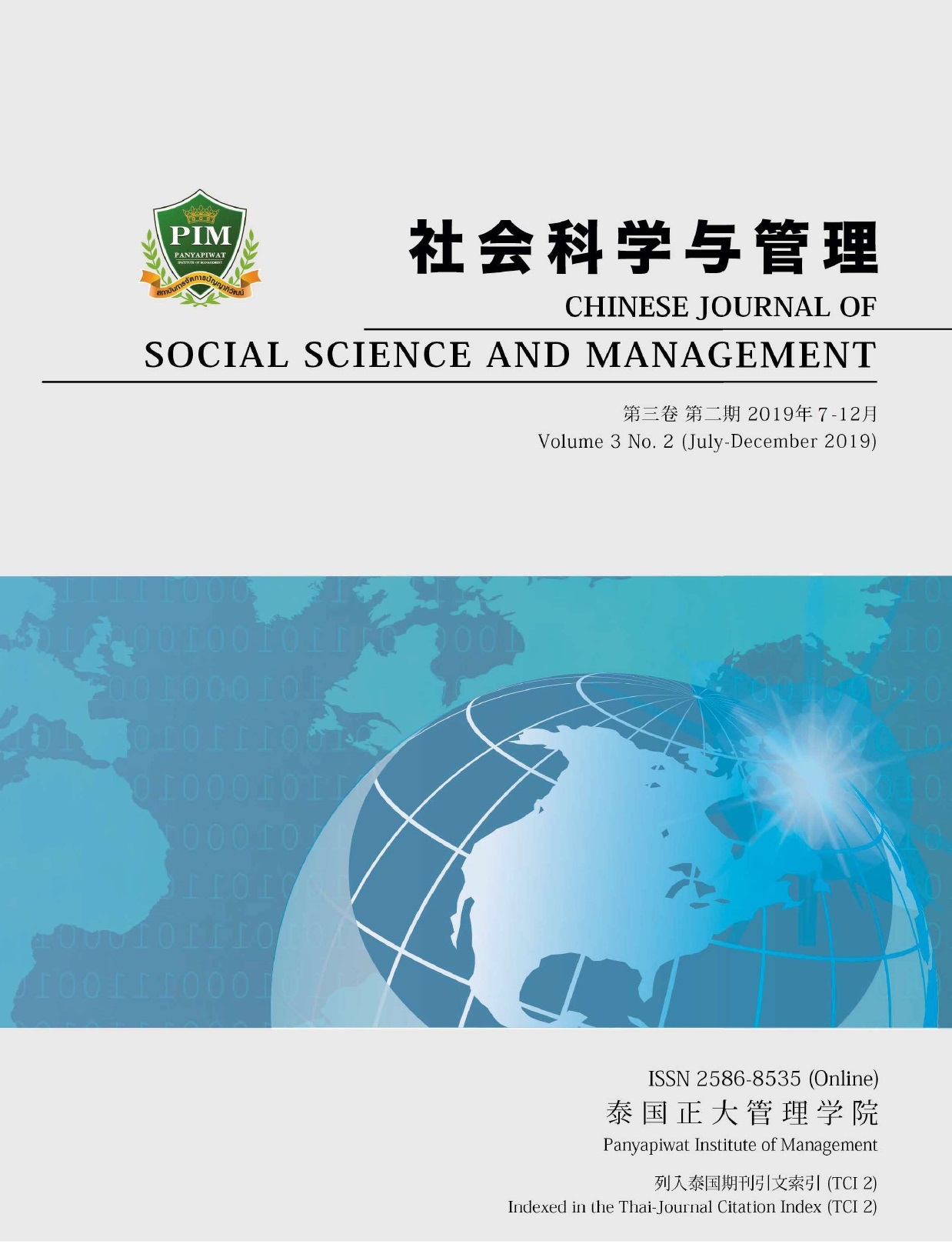STUDY ON THE TOURISM DESTINATION IMAGE OF GUIZHOU AND THE DEVELOPMENT OF ASEAN TOURISM MARKET
Main Article Content
Abstract
Guizhou is a province with tourism as its pillar industry. This paper mainly studies how to shape a good image of tourism destination to promote the expansion of ASEAN tourism market. In the research process, quantitative analysis method, questionnaire survey method and exploratory factor analysis method are mainly used. The questionnaire survey was carried out in 40 major scenic spots in Guizhou province and 497 valid questionnaires were recovered successfully, which provided important data guarantee for the research. Through exploratory factor analysis and empirical analysis, the main influencing factors of Guizhou tourism destination image are explored. Based on the Four-vein Theory, the paper studies the main influencing factors of Guizhou’s tourism destination image, which is, the geographical factors, the cultural factors, the interpersonal factors and the commercial factors of Guizhou. Therefore, this paper believes that in order to build a competitive ASEAN Tourism Brand, Guizhou needs to make efforts to build a good image of Guizhou as a tourism destination in terms of transportation facilities, personnel exchanges, cultural exchanges, business environment and marketing strategies.
Article Details
Chinese Journal of Social Science and Management Editorial Division
The Office of Research and Development, Panyapiwat Institute of Management
85/1 Moo 2, Chaengwattana Rd., Bang Talat, Pakkred, Nonthaburi 11120, Thailand
Tel. 02 855 01048 E-mail: cjssm@pim.ac.th
References
Chris, R. (2002). Tourism and Cultural Proximity. Annals of Tourism Research, (29), 952-971.
Hu, F. S. (2009). Study the influence of tourist destination image on tourists’ recommendation intention and payment intention: Take Hangzhou for Example. Doctoral Dissertation, Zhejiang
University. [in Chinese]
Hunt, J. D. (1971). Image: A Factor in Tourism. Colorado: Colorado State University.
Lee, C., Lee, Y. & Lee, B. K. (2005). Korea’s Destination image formed by the 2002 World Cup. An Annals of Tourism Research, 32(4), 839-858.
Li, H. (2007). On the construction of tourism destination marketing. Framework and Productivity Research, 27(4), 69-71. [in Chinese]
Li, L., Yang, X. Z. & Yan, F. W. (2019). Study on the spatial and temporal regional pattern differentiation of China’s inbound tourism destinations. Resource Development and Market, 35(1), 112-116. [in Chinese]
Lu, H. Q. (2015). Empirical analysis on the competitiveness and complementarity of China-ASEAN tourism. Foreign Trade and Economic Cooperation, 249(3), 13-15. [in Chinese]
Qin, X. H. & Gan, Y. P. (2014). Research on tourism cooperation and development between Guangxi and ASEAN under the background of new Silk Road construction. Southeast Asia, 26(8), 9-12. [in Chinese]
Wu, J. F. (2014). “Jigsaw puzzle” of tourist destination image and its evaluation method. Journal of Shaanxi Normal University (natural science edition), 42(6), 85-93. [in Chinese]
Xiong, Y. B. & Chai, H. Y. (2010). From “two veins” to “four veins”: the new development of tourism destination image positioning theory. Journal of Wuhan University (philosophy and social science edition), 63(1), 156-160. [in Chinese]
Zhang, H. M. (2011). Tourist destination image structure and tourist behavior intention. Tourism Science, 25(1), 35-45. [in Chinese]
Zhang, J., Tang, H. L. & Qin, D. (2018). Market demand analysis of inbound tourism from various ASEAN countries to China. Journal of Transportation Information Engineering, 16(4), 11-17. [in Chinese]


